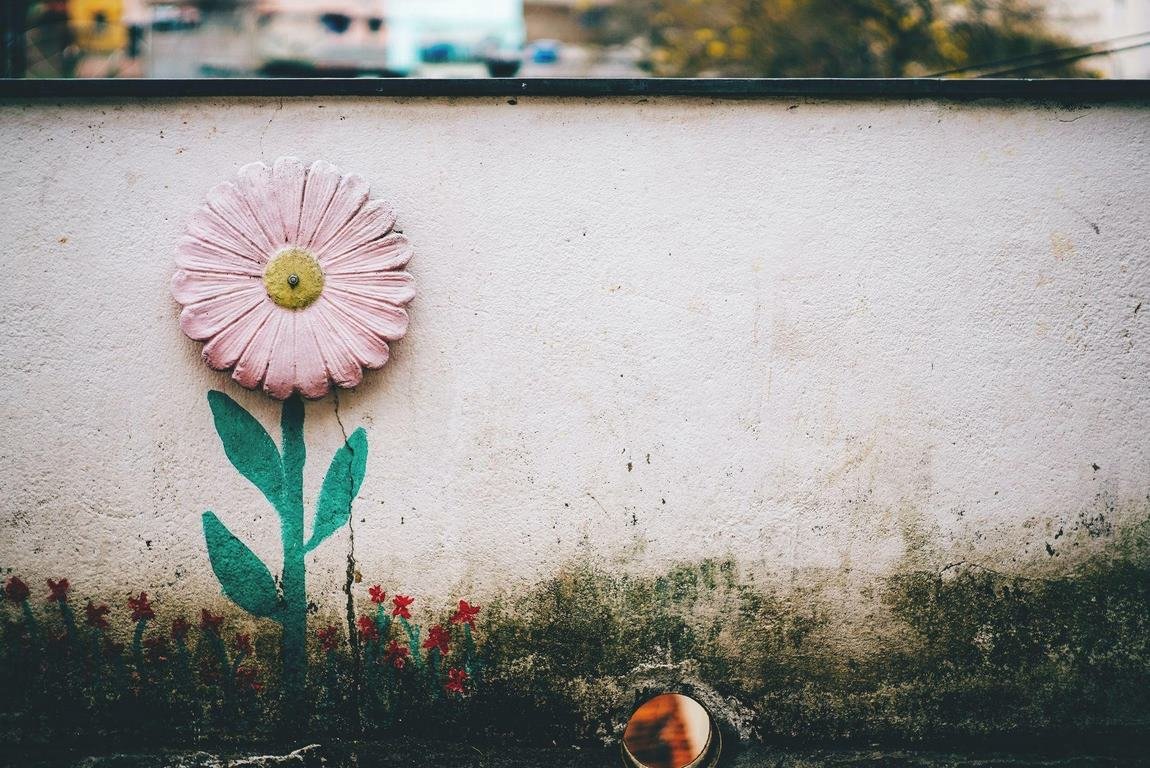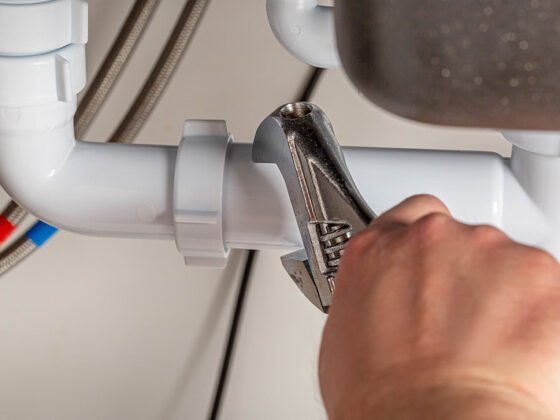Table of Contents Show
If you detect signs of mold in your home, the normal thing to do is call in professionals to perform mold removal services. However, with the help of a mold inspector and adequate preparation, you can take care of minor infestations yourself.
A mold will determine if the situation can be a do-it-yourself project. Otherwise, it may be most helpful to seek expert mold removal services for the best results.

What’s a good measure when performing DIY mold removal? In general, it comes down to two things. The first one is that the majority of mold types are relatively harmless.
That’s why you need the help of a mold inspector since they will be able to verify if the mold in your house could potentially give you more than an allergic reaction. There are also hazardous mold types that can inflict more harm to human and animal health.
Then, there are mold types that can wreak havoc on your property. The second criterion is that the mold-affected area shouldn’t be extensive. If the mold infestation is below three-square feet, you should handle it with the right preparation.
Wear the Right Gear
The very first thing you should consider is the clothes to wear during the DIY mold removal. Ask a professional mold inspector what type of filter is needed for the dust filter mask or respirator you need to wear to prevent the spores from being inhaled.
You will also need work goggles, which will function in the same way as your mask, but in this case, to protect your eyes from spores floating in the air.
Gloves are a standard requirement, as the last thing you’d want is to get the actual mold on your hands. Finally, you should wear either old clothes covering your entire body or disposable cleaning coveralls.
Read Also:
Quarantine
Just as you have prepared yourself for the spores, you should also prepare the room for the following cleanup. The first step in sterilizing your space is ensuring that you’ve cleaned every other part of the room.
Next, make sure to clean the areas aside from where the mold has grown and settled. The reason for this is that mold spores usually stick to dust particles. Therefore, minimizing dust particles can reduce contamination altogether.
After that, you need a plastic sheet and duct tape to seal the doorway and any other vents or air leaks. This way, you can perform mold removal without encouraging spores to contaminate other areas of your home. Finally, you should turn off all air conditioning systems.
Control Air Pressure
Do remember that spores use air as their contamination vector. One of the best ways to control their spread while cleaning is to have negative air pressure in the room.
You can easily do this by having an old electric or box-type fan placed at the window, blowing outward. That way, if many spores are dislodged, you can have most of them go out the window.
Remove the Mold Itself
To reduce the possibility of releasing an explosion of spores into the air, it is ideal to prepare a spray bottle filled with water as part of your mold removal kit. First, spray down dry and dusty mold to reduce the spread of spores through the air.
After that, you should use bleach, borax, vinegar, or ammonia to clean the mold. Which one to use is best left to the advice of expert mold inspectors, as each chemical is designed to work with specific materials on which the mold has grown.
Post-Removal Cleanup
Mold cleanup after the mold itself has been removed is crucial. The last thing you want is for minute spores to spread to uncontaminated parts of your space.
So, it’s only natural that you use mold-cleaning solutions to wipe every part of the room so that you can enjoy a space with as little mold in the air as possible. It is also critical to regularly check for excess moisture in broken stormwater drains and pipes.
Excessive moisture can trigger mold growth in the future. Items that have been affected by mold are typically divided into two categories. Items made of glass, metal, or hard plastic can be cleaned and wiped dry using a towel and regular cleaning solution.
Using regular cloth and cleaning solutions is best as these items are made of non-porous materials. On the other hand, items made of porous substances like carpets, curtains, or even clothes, should be disposed of as quickly as possible, as they are practically portable mold expansion sets.
Vacuuming
Once you’ve finished wiping down the whole area with your mold removal solution, it’s a good idea to use a vacuum cleaner with a filter, so you can further clean the place of wayward spores.
Afterward, you may have to thoroughly clean the vacuum cleaner itself, using the exact solutions you used to remove the mold (if there will be no material issues).
Proper Disposal
When disposing of mold-affected materials and items, make sure to put them in sealable bags. If you can, you should transport these materials through the window, rather than risking having spores shed around other parts of the house.
Once you have them ready for disposal, it’s highly recommended to check in with mold inspectors to see if there are specific guidelines on the proper disposal of mold-infested items.
If you doubt that a mold removal home improvement project can be done successfully using DIY techniques, then you should obtain professional mold removal services or read more about mold removal for homes.
Schedule Regular Expert Mold Inspection
You should also set a schedule to check for mold growth in your house. If possible, do get some pointers from mold inspectors. Their recommendations will be helpful if your area has marked changes in weather, or the weather switches fast from season to season.
Seek the help of mold inspection Denver experts to conduct mold inspection when the season changes from dry to humid quickly, or if the winter thaw into spring happens in a short span of time.









